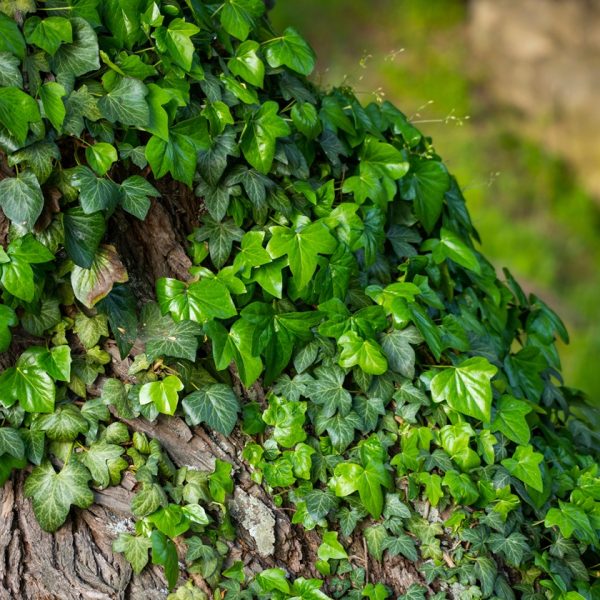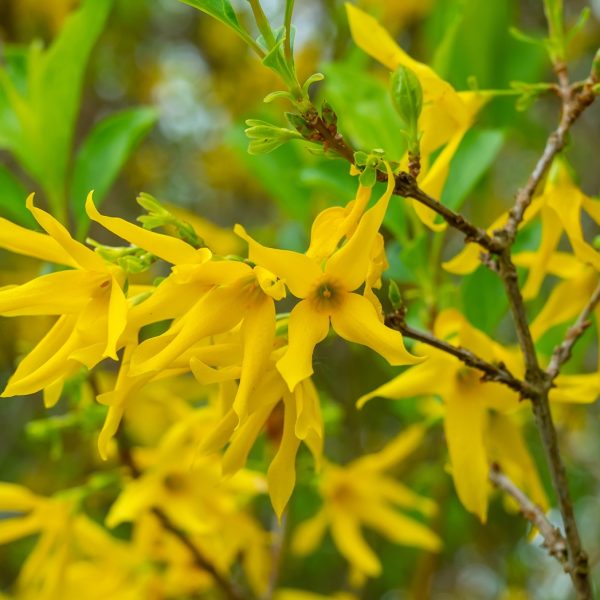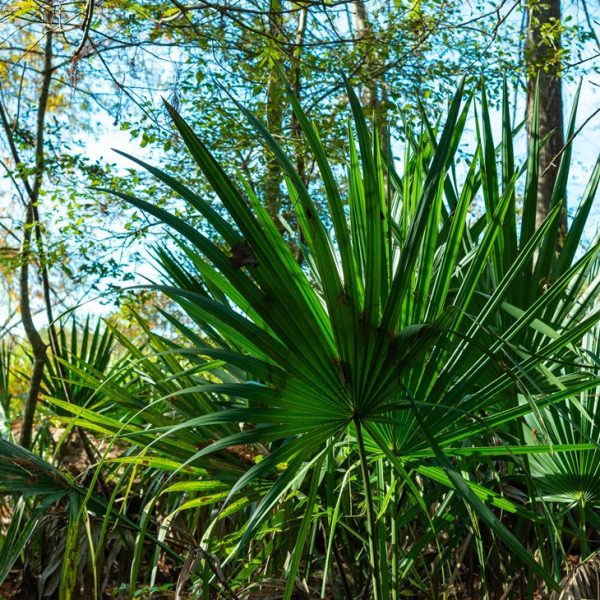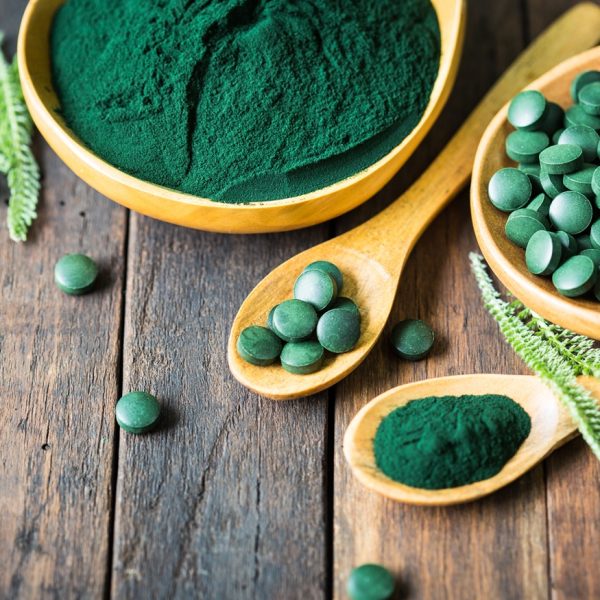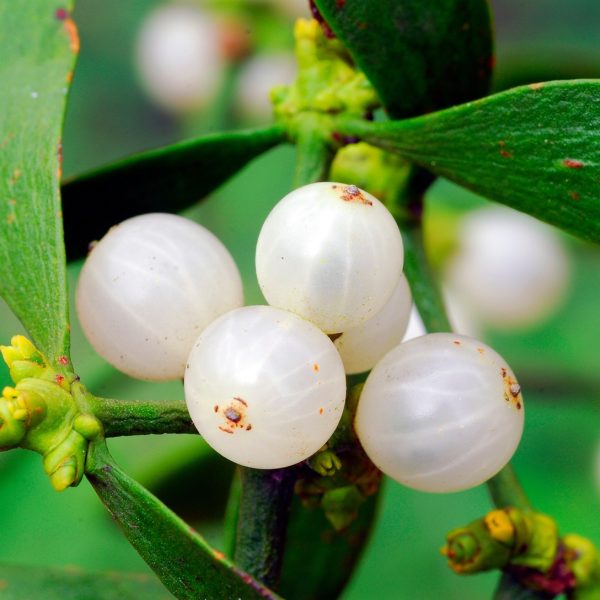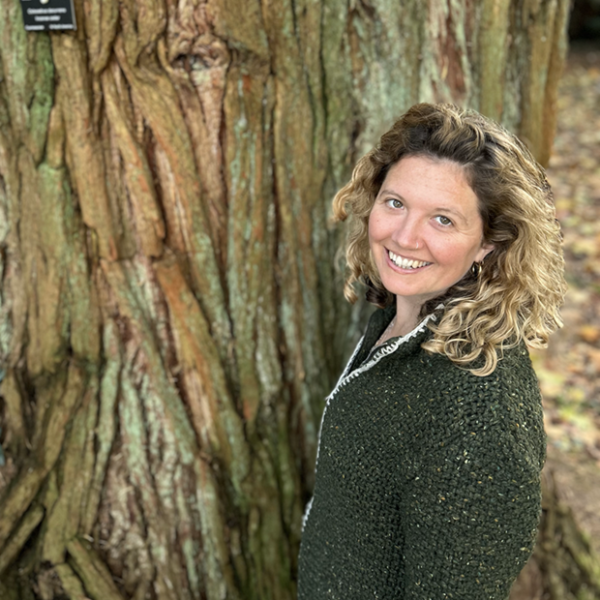
2 hours | Intermediate level
Wild lettuce lactucarium extract is a potent preparation made using the leaf of this sedative, antispasmodic herb, which is used to treat pain, spasm and insomnia.
This lactucarium extract recipe* is for the more experienced herbalist and requires some preparation and time commitment. Wild lettuce (Lactuca virosa) is a bitter, cooling plant with soporific and analgesic properties. The plant secretes a white milky latex known as lactucarium, which contains lactucin and lactupicrin, constituents that are responsible for its sedative effects (1).
This recipe extracts the compounds into a dark, resinous substance at a ratio of 10:1, which can be diluted in liquid for medicinal use. This recipe is made using dried plant material, best harvested just prior to the flowering period for the highest potency. Caution is advised when foraging the plant to ensure correct identification before harvesting.
*Recipe adapted from King’s American Dispensatory 1898 (2)
Ingredients
- 100 g dried wild lettuce
- 2 litres of 45% alcohol
How to make lactucarium extract
- Decoct the wild lettuce in one litre of 45% alcohol on an electric cooker in a well ventilated room.
- Leave to decoct for an hour, then strain the mixture into a clean bowl (there should be around 200 ml remaining).
- Retain the decoction to one side.
- Rinse the marc with the remaining litre of 45% alcohol allowing the residue to trickle into a bowl underneath.
- Add the original 200 ml decoction to the bowl and simmer until there is only 100 ml remaining. Take great care not to burn the mixture.
- Evaporate the remaining 100 ml mixture carefully in a bain-marie, or dehydrate in the oven under 100C, or in the sun.
- This should condense down to around 10 g leaving a 10:1 lactucarium extract meaning that 0.1 g is equal to 1 g wild lettuce.
- This can be used by dissolving a pinhead sized amount in a teaspoon of 25% alcohol or taken sublingually.
Storage
Store the resinous extract in a sealed container out of direct sunlight and label.
There is a further step for those who prefer to have this extract in a liquid form, and that involves dissolving the resinous mixture in 45% alcohol at four times the weight of the resin. This will extend the shelf life and allow for more ease of use.
Medicinal benefits of lactucarium extract
Wild lettuce has been used in European folk tradition for hundreds of years as a sedative and painkiller, and was historically used as an alternative to opium as it has fewer side effects. It is currently used to help relieve muscle pain and insomnia.
Wild lettuce has narcotic and antispasmodic actions and thus can help to relieve tension in both the nervous system, bringing a sense of relaxation and calm as well as for the musculoskeletal system by relaxing muscles and reducing spasm. The bitterness is attributed to the sesquiterpene lactones, which help to stimulate bile flow and aid digestion. The antispasmodic action also indicates wild lettuce in treating coughs, especially if they are preventing a good night’s sleep.
Safety
Wild lettuce has been known to cause allergic reactions in some individuals, and should be avoided in those with a latex allergy. It can be toxic in high doses, with signs of overdose including dizziness, sweating, sensitivity to light and arrhythmias, therefore it is advisable to exercise caution and use the plant judiciously (1,3,4).
FAQs
What is the best method for drying the wild lettuce?
The most efficient way is to use a dehydrator, as this will help retain more of the vitality of the plant, however the sun method and oven drying will also work well.
Can this lactucarium extract recipe be done with fresh plant material?
For this particular recipe, dried plant material is typically used, however a tincture can be made with the fresh material. If using fresh, it is recommended to use a high percentage of alcohol to extract the active constituents, and the finished product will not be as potent as the above-outlined lactucarium extract.
References
- Mcintyre A. Complete Herbal Tutor : The Definitive Guide to the Principles and Practices of Herbal Medicine (Second Edition). Aeon Books Limited; 2019.
- King J, Wickes Felter H, Lloyd JU. King’s American Dispensatory. Ohio Valley Co; 1909.
- Besharat S, Besharat M, Jabbari A. Wild lettuce (Lactuca virosa) toxicity. Case Reports. 2009;2009(apr23 1):bcr0620080134-bcr0620080134. doi:https://doi.org/10.1136/bcr.06.2008.0134
- Natural Medicines Database. Wild lettuce. Therapeuticresearch.com. Published 2025. Accessed July 3, 2025. https://naturalmedicines.therapeuticresearch.com/Data/ProMonographs/Wild-Lettuce

